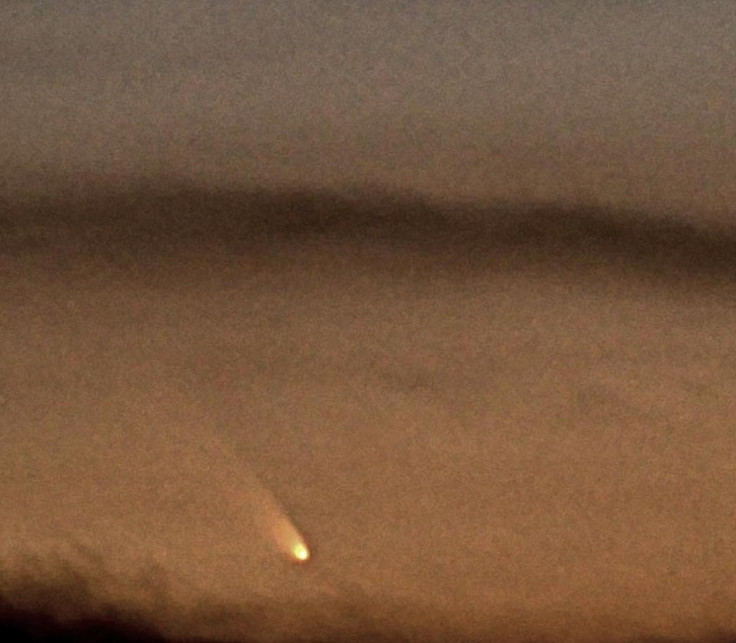Lyrids Meteor Shower 2013: When, How and Where to Watch Live [VIDEO]
The 2013 Lyrids meteor shower is expected to peak this weekend, with the high starting on Saturday night and lasting through to the early hours of Monday, 22 April.
The Lyrids actually began on 16 April and are expected to continue until 25 April but the peak - this weekend - is normally when most showers will be witnessed. Experts claim observers can see up to 20 meteors per hour. These are unpredictable shooting stars, though, and the rate can hit 100 per hour, as it did in 1982. Almost a quarter of the meteors leave a shining trail in their wake, which is visible in the sky for a few minutes.

When and Where to Watch
Nasa says the best time for the Lyrid meteor showers is 6.30am BST on Sunday 21 April.
The absolute best time to watch is believed to be the 30-minute gap between the setting of the moon and the break of dawn; the moon will likely dim the shining trail of the meteors. Observers in the northern hemisphere (particularly the western half of North America) will probably be in the best position to see the event.
Fortunately for interested amateur astronomers elsewhere, the Lyrid meteor showers can be seen with the naked eye. In fact, Adam Gabriel Jensen, a researcher at Wesleyan University's Astronomy Department, says a telescope or binoculars might hinder your viewing because of the smaller field of vision.
In general, the best time to view the meteors is late evening or at night. Try to find a place away from brightly lit spaces.
Origins of Lyrids
According to Nasa, the Lyrid meteor shower is nearly 3,000 years old. The display is created when the Earth moves through a stream of space debris left by the Thatcher comet, which orbits the Sun once every 41 years. These meteors are the result of a collision (at speeds up to 177,000kph) between the Earth's atmosphere and the comet dust.
Technically, the shower originates from the constellation Lyra, hence its name. However, scientists say looking directly at that particular quadrant of the sky is not likely to yield many sightings because the meteors have very short tails and disappear very quickly.
"The best thing to do with any meteor shower is to go out there, lie on your back and look straight up," Nasa expert Bill Cooke explained.
[Courtesy: GabeHashTV/YouTube]
© Copyright IBTimes 2025. All rights reserved.





















